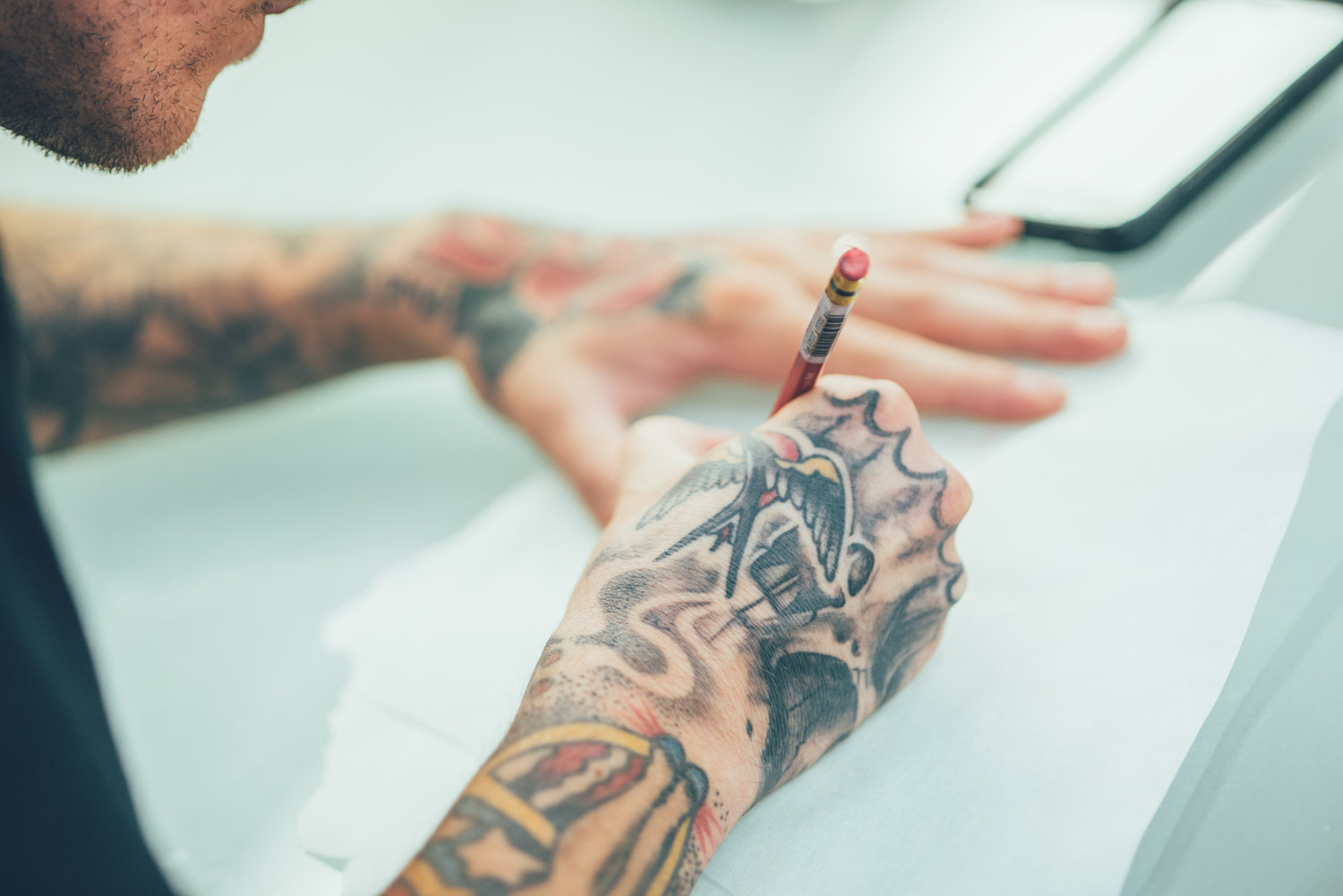Phase Three reopening now under way in Glen Cove
Nassau began Phase Three reopening of businesses May 24, and Glen Cove merchants said they were thrilled.
During the third phase, restaurants can open for inside, in-person dining, provided patrons wear masks and six feet of social distancing is maintained between tables. Spas will also be allowed to reopen at 50 percent capacity. Waiting rooms will be closed. Tattoo shops, like Twin Moon Creations in Glen Head, will also be able to reopen.
“Now that we are reopening, our books are going to be full,” Carolyn Braband, an artist for Twin Moon Creations, said. “People are calling in. It’s good at the end of the day, but we definitely took a hit.”
Braband said the shop is implementing a number of safety measures to prevent the spread of the coronavirus. Clients and employees will have their temperatures checked daily, and employees will be given health screenings. The artist in the shop, which Braband described as sterile, will wear a mask, as will the client during one-on-one procedures.
“We’re in an industry that we’ve always had to be cautious of our health to begin with,” Braband said. “We’ve always viewed tattooing like a doctor’s office. It is a medical procedure at the end of the day. So we’re just going to keep on top of those sanitation and cleaning guidelines, and we’ve added what the Department of Health has given us as well.”
Similarly, Glen Cove Massage has also instituted several measures to prevent the spread of Covid-19. “We’re required by New York state for the therapist to wear a face mask and a plastic safety shield and to wear either scrubs, a lab coat or an apron,” said Jenny daBeer Charno, who owns Glen Cove Massage.
She said she will change her facemasks, which are branded with the name of her practice, between clients, who cannot stay in the waiting area. Additionally, daBeer Charno will schedule more time in between clients to clean anything they touched, such as door handles, the bathroom and the treatment room, which will have a high-efficiency particulate air (HEPA) filter.
Because daBeer Charno’s practice is primarily focused on medical massages, most of her clients suffer from conditions like back pain, jaw clenching, headaches and neck pain.
“People are really, really eager to come back,” daBeer Charno said. “I’m really happy to be able to do something that will help them feel better.”
Yajhayra Reyes, owner of the Glen Cove Salt Cave, said she looks forward to meeting with clients again.
It’s “super exciting,” Reyes said. “We’ve been waiting for forever to be able to reopen, and we’re just excited to be able to open our doors and have our customers come back to get all the benefits of salt therapy.”
In adapting to the state’s protocols, Reyes said, the group salt therapy room will hold four people instead of its normal eight. Private rooms will still hold two, and chairs will be thoroughly cleaned between each use. Additionally, she said, the Salt Cave already had an anti-viral ultraviolet light filter put in long before the outbreak, which she said will provide an extra layer of protection against the coronavirus.
As for restaurants, businesses will be permitted to reopen indoors at 50 percent capacity, according to the governor’s New York Forward website. The maximum number of people per table will be 10.
Additionally, Glen Cove City Hall will reopen to employees on Wednesday, June 24. “I’m glad to see that we will have people coming back in,” Mayor Tim Tenke said at a City Council Meeting on June 23. “There will be no public appointments this week until we have our safety wellness booths in City Hall.”
Cuomo said at his daily briefing on June 18 that he was in a “happy-go-lucky mood” because New York had tested 68,000 people overnight and found an average infection rate of .9 percent — the lowest it had been since the coronavirus pandemic began in mid-March.
New York City’s infection rate was 1 percent, while Long Island’s was .7 percent.
By contrast, the infection rate had earlier reached 20 percent in New York City and 16 percent on Long Island.
Mike Conn contributed to this story.

 47.0°,
Mostly Cloudy
47.0°,
Mostly Cloudy 




